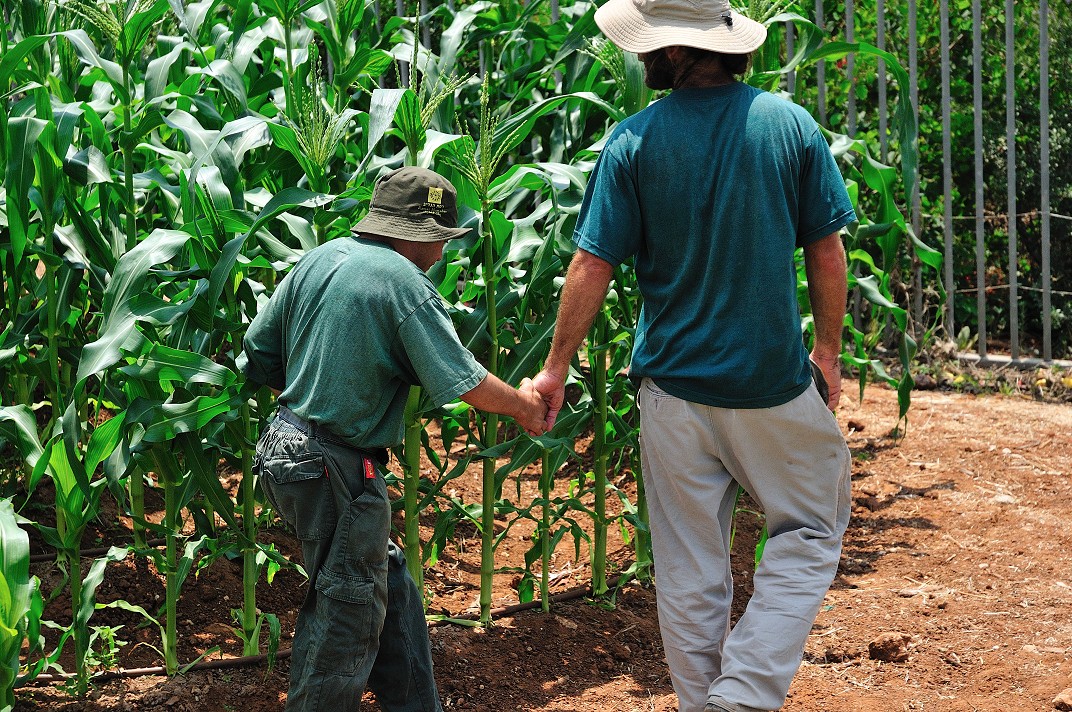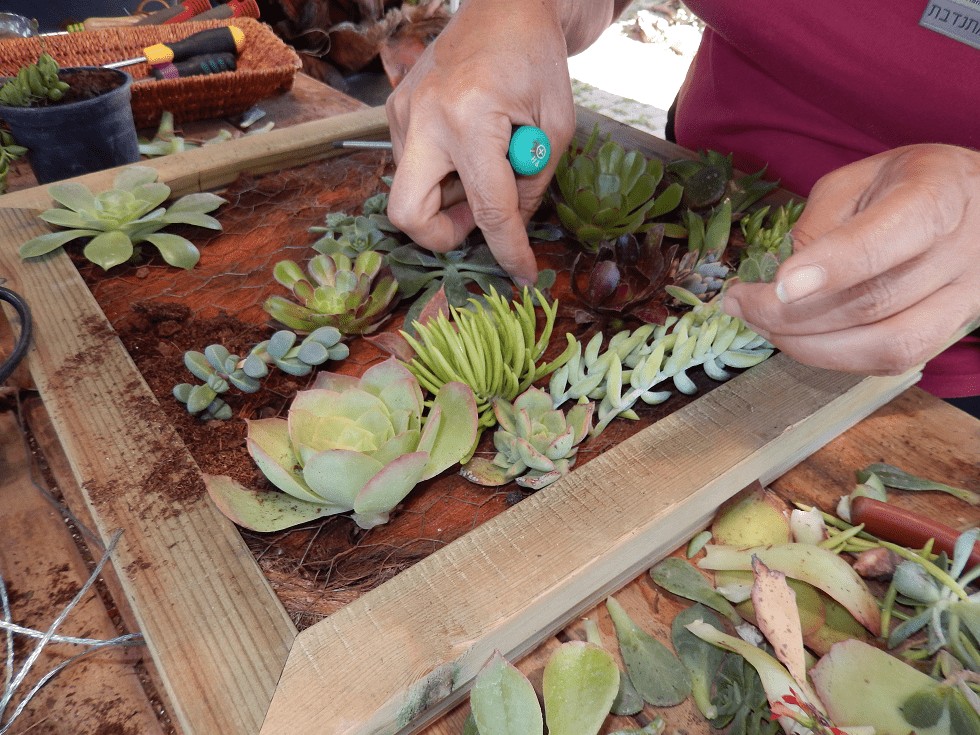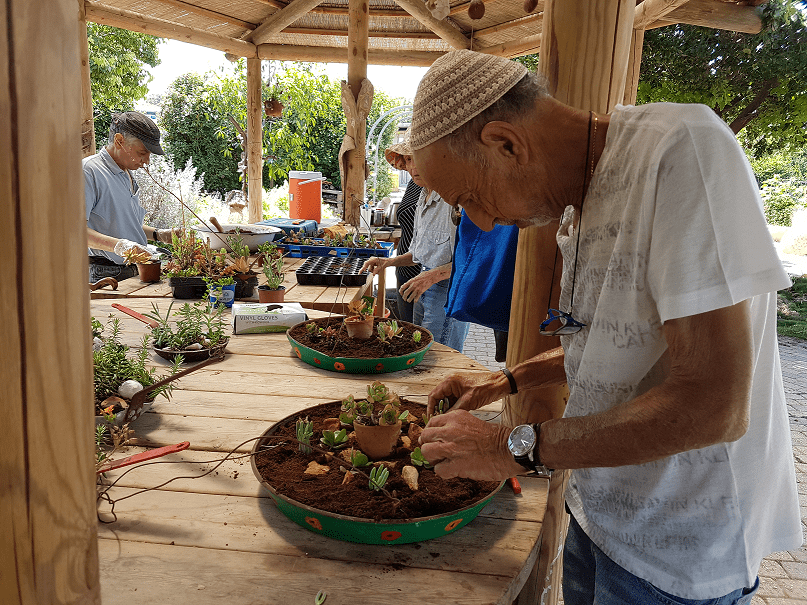
The main goal of the therapy, according to this approach, focuses on mental therapy and on patients learning to conduct their lives in a satisfactory manner. The use of art and expression therapies is especially important in cases where therapy involving discussion has not led to the desired change.
By this approach, sensory experiences in gardening appeals to the patient’s inner world. With the assistance of the therapist, patients can reflect their behaviour or the results of their deeds. In this manner, they can achieve insight on the problem and, at the same time, learn to cope with the burden and find ways of accepting the unavoidable.

Outlining the boundaries of the therapeutic space touches upon the very essence of gardening: a setting of more limits surprisingly offers the patient more options and opportunities for coping with his or her difficulties and problems (whether internal or external). For example: pruning, which represents the setting of boundaries for the plant – actually leads to blossoming.

יש לך שאלה? נשמח לעזור
Of further interest...
Accessibility
Memorial Gardens Main Entrance
The main entrance to the Memorial Gardens – located next to the Visitors Pavilion. In the entrance plaza are temporary exhibitions on a range of subjects promoted by Ramat Hanadiv
Sustainability
Horticultural Therapy at Ramat Hanadiv
Many studies have demonstrated the link between a green environment, nature or flowering gardens and feelings of calmness and serenity, enjoyment and vitality
Dining Here
Dining-Kiosk
Refresh yourself at the Kiosk with a drink or snack. The kiosk is open daily.

